















Buick Riviera |
|---|
|
| Topic Navigation |
|---|
|
Wikipedia: Buick Riviera
Page Sections History Bibliography Images Documents Article Index Merchandise |
History
The following section is an excerpt from Wikipedia's Buick Riviera page on 20 December 2017, text available via the Creative Commons Attribution-ShareAlike 3.0 Unported License.
The Buick Riviera is a personal luxury car produced by Buick from 1963 to 1999. GM's first entry into that prestige niche, the Riviera was highly praised by automotive journalists upon its high-profile debut. While early models stayed close to the original form, eight subsequent generations varied substantially over the Riviera's thirty-year lifespan. In all, 1,127,261 were produced.
The Riviera name had been used by Buick since the early 1950s for various prestige versions of existing models, right through a large top-of-the-line six-window 1962 Electra 225 hardtop. The crisply styled, ground-up design that debuted 1963 was Buick's first unique Riviera model, and pioneered the GM E platform. The Riviera name was resurrected for concept cars displayed at auto shows in 2007 and 2013 in hopes of reintroducing the marque, but no plans to do so are currently in place.
Unlike its subsequent GM E platform stablemates, the Oldsmobile Toronado and Cadillac Eldorado, the Riviera was initially a standard front engine/rear-wheel drive platform, only becoming front wheel drive starting in 1979 as part of a sweeping move in that direction by the American automobile industry.
Origins: The Riviera name
The name Riviera, Latin for coastline, was chosen to evoke the allure and affluence of the French Riviera. It first entered the Buick line in 1949, as the designation for the new two-door pillarless hardtop, described in advertising as "stunningly smart". The Buick Roadmaster Riviera coupe (along with the Cadillac Coupe de Ville and Oldsmobile 98 Holiday coupe) constituted the first mass production use of this body style, which was to become extremely popular over the next 30 years. Buick added a two-door Riviera hardtop to the Super the following year, the Special in 1951 and the Century upon its return, after a 12-year absence, in 1954.
From 1951 to 1953 the Riviera designation was given to the existing long wheelbase versions of the four-door Buick Roadmaster and Super sedans. The 1951–53 Buick Roadmaster and Super four-door Riviera sedans feature more standard features, more plush interior trim and, most significantly, a wheelbase (and overall length) that is 4 inches (102 mm) longer than a regular Buick Roadmaster or Super four-door sedan. The 1951–52 Buick Super four-door Riviera sedan is still 0.75 inches (19 mm) shorter in wheelbase and length than the regular Buick Roadmaster and 4.75 inches (121 mm) shorter than the Roadmaster four-door Riviera sedan. In 1953, with the move from the Fireball straight-eight to the more compact Nailhead V8 engine, the Roadmaster and Super four-door Riviera sedans became the same length.
In the middle of the 1955 model year, Buick and Oldsmobile introduced the world's first mass-produced four-door hardtops, with Buick offering it only on the Century and Special models, and the Riviera designation was also applied to these body styles. Four-door Riviera hardtops were added to the Roadmaster and Super lines at the beginning of the following model year. However, since it was a body style designation and not a model, the Riviera name does not usually appear on the car.
In 1959, Buick became much more selective in applying the Riviera name. From then until 1962 it only was used to denote a premium trimmed six-window hardtop style which it initially shared exclusively with Cadillac (the Oldsmobile 98 would receive it in 1961) and was available only on the Electra 225. The last usage of the term Riviera to describe a luxury trim level was 1963, as the formal designation of the #4829 Electra 225 Riviera four-door hardtop, the same year the E-body model two-door hardtop coupe Riviera made its debut.
First generation (1963–1965)
The production Riviera was introduced on October 4, 1962, as a 1963 model, Its distinctive bodyshell was unique to the marque, unusual for a GM product. It rode a cruciform frame similar to the standard Buick frame, but shorter and narrower, with a 2.0 in (51 mm) narrower track. Its wheelbase of 117 in (3,000 mm) and overall length of 208 in (5,300 mm) were 6.0 inches (150 mm) and 7.7 in (200 mm) shorter, respectively, than a Buick LeSabre, but slightly longer than a contemporary Thunderbird. At 3,998 lb (1,813 kg), it was about 390 pounds (180 kg) lighter than either. It shared the standard Buick V8 engines, with a displacement of either 401 cu in (6.57 L) or 425 cu in (6.96 l), and the unique continuously variable design twin turbine automatic transmission. Power brakes were standard, using Buick's massive "Al-Fin" (aluminum finned) drums of 12 in (300 mm) diameter. Power steering was standard equipment, with an overall steering ratio of 20.5:1, giving 3.5 turns lock-to-lock.
Second generation (1966–1970)
The Riviera was redesigned for the 1966 model year. It retained its cruciform X-frame, powertrain, and brakes, but its curvaceous new body was longer, wider, and 200 pounds (91 kg) heavier. Vent windows, a feature GM had introduced with a flourish in the 1930s, were absent. Headlamps remained concealed, but now pivoted behind the grille when not in use. The car's added bulk slowed acceleration with the unchanged 425 engine was. The Gran Sport package remained available as an option. Rear seat belts and AM/FM radio were optional.
The new front wheel drive Oldsmobile Toronado shared the Rivera platform, and, a year later, the also front wheel drive Cadillac Eldorado.
Third generation (1971–1973)
The Riviera was radically redesigned for the 1971 model year with flowing and dramatic "boat-tail" styling. Designed under Bill Mitchell's direction, it was penned by Jerry Hirshberg, future head of design for Nissan, mating the two-piece vee-butted fastback rear window, inspired by the 1963 Corvette Sting Ray split window coupe, to the Riviera's platform.
The design was originally intended for the smaller GM A platform, and the use of the Riviera's body—expanded for 1971 by 3 in (76 mm) in wheelbase and more than 120 lb (54 kg) heavier—produced controversial looks. (Collectible Automobile ran an article about 1971–76 full-sized Buicks in which one sketch design for their 2-door coupes which was rejected resembled the 1971–73 Riviera).
This generation introduced a much more visual representation of the "sweepspear", with a more faithful representation to the version that appeared on 1950s Buicks in both the side molding and beltline.
Fourth generation (1974–1976)
Although carrying over the same platform, mechanicals, and some body panels seen on the "Third Generation" Riviera, Buick replaced its distinctive 'boat tail' roofline with a more conventional-looking "Colonnade" treatment. This turned the car from a hardtop coupe into a pillared coupe, as it featured wide B pillars and fixed quarter opera windows. A landau half-vinyl roof option was available. The car did retain its forward-jutting grille, albeit in slightly modified form. Thus modified, the car looked far less distinctive than its predecessors, and even its platform mates, the Oldsmobile Toronado and Cadillac Eldorado. The tamer-looking Riviera was no lighter, and its standard 455 V8 lost more power, dropping to 230 hp (172 kW) and 245 hp (183 kW) for standard and Stage One models, respectively. Max Trac was dropped from the option list after 1974 due to lack of buyer interest. The revised styling did nothing for sales, which plummeted to 20,129 in 1974. This generation introduced as a novelty what later became a federal mandate in a modified form, two high-mounted taillights above the trunk and below the rear window, which was shared on its platform twin the Toronado.
For 1975, the Riviera received an updated front fascia, which lost its forward-jutting theme through the redesign of the fiberglass front end cap. Quad rectangular headlights were mounted horizontally. The new vertical-bar grille echoed the "stand-up" theme that many GM cars of the day incorporated. Parking lights wrapped around the fender sides. The Stage One performance package was dropped for 1975, though the Gran Sport handling package would continue to be offered. The standard engine's output dipped to 205 hp (153 kW). Sales for 1975 were 17,306.
Minor changes greeted 1976 models, the most notable of which was a new crosshatch grille insert. The Gran Sport handling package was replaced by an 'S/R' package that had similar sporting pretensions. Sales rallied slightly to 20,082 for 1976.
Fifth generation (1977–1978)
Buick downsized the Riviera for 1977 onto the new smaller GM B platform. While the other E-bodies were front wheel drive since 1966 (1967 for Cadillac's Eldorado), the Buick E platform used a B-body undercarriage (along with the cruciform frame of pre-1965 GMs for the 1966–70 generation). All B-bodies (including C and D platform GM RWDs) were downsized for the 1977 model year which prompted the short-lived 1977/78 generation.
It was, in most respects, a Buick LeSabre coupe with unique styling (with quarter windows mimicking the 1975–78 Cadillac Eldorado). Unlike its LeSabre counterpart, the front fascia is vertical as opposed to slanted. It was reduced to a wheelbase of 115.9 in (2,940 mm), down 6.1 in (150 mm), and an overall length of 218.2 in (5,540 mm), down 4.8 in (120 mm). Weight dropped some 660 pounds (300 kg). The 455 was gone, replaced by a 350 cu in (5.7 L) Buick V8 engine with 155 hp (116 kW) or Oldsmobile-built 403 cu in (6.60 L) with 185 hp (138 kW). California models had a 170 hp (127 kW) Oldsmobile 350.
Sixth generation (1979–1985)
1979 saw the debut of the first front wheel drive Riviera. Built on a trimmer, 114 in (2,900 mm) wheelbase, it once again shared its mechanical design and platform with the Cadillac Eldorado and Oldsmobile Toronado. The Olds 403 and Buick 350 were dropped, but the Olds 350 remained, as did a new turbocharged Buick V6 of 231 cu in (3.8 L) displacement with 185 hp (138 kW). The Riviera became Motor Trend's Car of the Year. Sales more than doubled, to 52,181 for 1979 and 48,621 for the very similar 1980 models.
1981 saw the Turbo renamed T-Type and the demise of the 350 engine in favor of the Oldsmobile-built 307 cu in (5.0 L) with 140 hp (104 kW) (phased in during the 1980 MY). The standard engine was now Buick's 125 hp (93 kW) 252 cu in (4.1 L) V6, and a new option was an Oldsmobile diesel engine with a mere 105 hp (78 kW) offered through 1985. 1982 also saw the first-ever Riviera convertible, although relatively few were built, owing to very high prices-US$23,944. The Riviera convertible was available in only two color choices-white or red firemist with the only interior color of red leather. A turbocharged Riviera convertible was chosen to be the pace car at the 1983 Indianapolis 500, although most convertible Rivieras had the V8 engine, which saw an increase in rated SAE net horse power to 150 for both convertibles and coupes fitted with it from 1982 through the 1985 model year.
Overall sales made the 1980s Riviera a great success, reaching 65,305 for the 1985 model year.
Seventh generation (1986–1993)
The E-body coupes were converted to unibody construction and further downsized for 1986, to a 108 in (2,700 mm) wheelbase shared with the Buick Regal. The V6 was now the only engine, rated initially at 142 hp (106 kW) SAE and 200 lb⋅ft (270 N⋅m) of torque. It used the Turbo-Hydramatic 440-T4 automatic with a 2.84:1 final drive ratio. This generation was noted for advanced electronic instrumentation displayed on a dash-mounted 9-inch (230 mm) CRT. The CRT controlled the vehicle's climate control system and stereo, and also supplied advanced instrumentation such as a trip computer and maintenance reminder feature. Four-wheel disc brakes were standard. With a choice of three suspension packages available, up to the performance oriented FE3 setting, handling was notably improved. The Riviera placed fourth for Motor Trend's 1986 Car of the Year contest.
Eighth generation (1995–1999)
After a hiatus in 1994, the Riviera returned in 1995 with radical styling that departed from the previous generations' traditional image. A 205 hp (153 kW) naturally aspirated 3800 V6 was standard, with a supercharged version rated at 225 hp (168 kW) and 275 lb⋅ft (373 N⋅m) available as an option. Rivieras were now built in Lake Orion, Michigan, riding the same Cadillac-derived G platform as the 4-door Oldsmobile Aurora. The very first of 41,422 Rivieras made in 1995 rolled off the assembly line on May 23, 1994.
In 1996, supercharged versions saw an increase in power to 240 hp (179 kW) and 280 lb·ft (380 N·m), as well as the 4T60E-HD transmission. 18,036 Rivieras were manufactured in 1996.
1997 saw suspension revisions, removing excess weight. An upgraded 4T65E-HD transmission featuring a larger 258 mm (10.2 in) torque converter and heavy-duty gearbox were added. 18,827 were made in 1997.
For 1998, the 240 hp (180 kW) supercharged V6 became standard. GM's OnStar service was added as an option, along with minor interior design changes. 10,953 units were produced for 1998.
With sales of all coupes declining in the North American market, GM decided to discontinue the Riviera. 1999 was the car's last model year with production of 1,956 cars ceasing on November 25, 1998. The final 200 cars had special silver paint and trim, and were denoted "Silver Arrow" models, a designation which hearkened back to several Silver Arrow show cars that had been built off Riviera bodies by Bill Mitchell.
Eighth-generation Rivieras received the most powerful V-6 Buick engine since the Grand Nationals of the 1980s. The supercharged OHV V6 gave impressive torque and acceleration, pushing the car from 0 to 60 miles per hour (97 km/h) in under 7 seconds, and turning the 1⁄4 mile in 15.5 seconds. Supercharged Rivieras achieved a fuel efficiency figure of 18/27 (city/highway mpg).
| Title & Subtitle | Details |
|---|---|
1996 Aurora and Riviera Service Manual Book 2 of 2 | Year & Type: 1996 Service Manual Publisher: General Motors Corporation Dimensions: 8.5" x 11" softcover Content: 1,200+ pages w/black & white illustrations Topics: Oldsmobile Aurora, Buick Riviera Availability: Reference Desk |
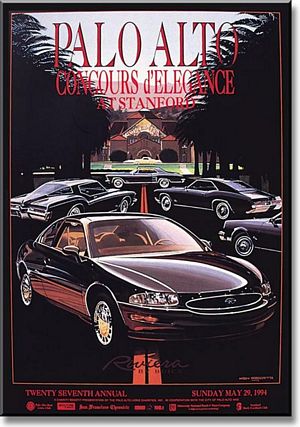 |
1994 Palo Alto Concours d'Elegance Artist: Ken Eberts Car: Buick Riverias (1994 in foreground) Event: Palo Alto Concours d'Elegance Image courtesy 
View 1994 Palo Alto Concours d'Elegance at Stanford Poster - 1994 Buick Riviera - 70KB |
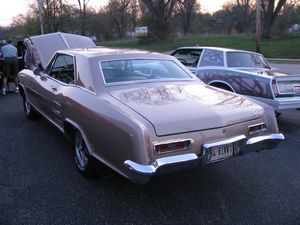 |
1964 Photo ©2010 Bill Crittenden Thunder Road Cruise Night: April 14, 2010 View photo of 1964 Buick Riviera - 3,942KB |
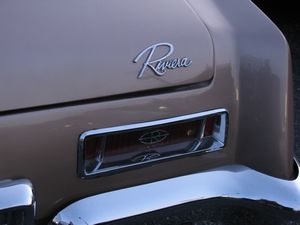 |
1964 Photo ©2010 Bill Crittenden Thunder Road Cruise Night: April 14, 2010 View photo of 1964 Buick Riviera - 3,206KB |
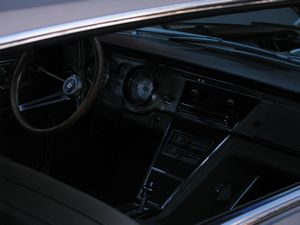 |
1964 Photo ©2010 Bill Crittenden Thunder Road Cruise Night: April 14, 2010 View photo of 1964 Buick Riviera - 2,472KB |
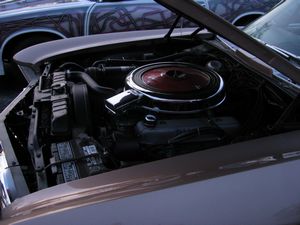 |
1964 Photo ©2010 Bill Crittenden Thunder Road Cruise Night: April 14, 2010 View photo of 1964 Buick Riviera - 3,186KB |
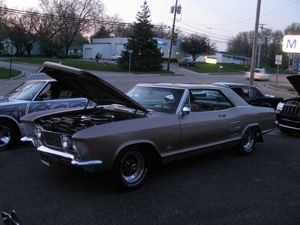 |
1964 Photo ©2010 Bill Crittenden Thunder Road Cruise Night: April 14, 2010 View photo of 1964 Buick Riviera - 3,528KB |
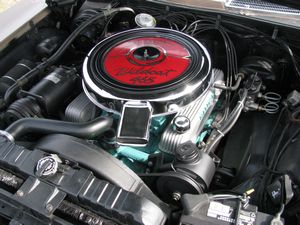 |
1964 Photo ©2010 Bill Crittenden 2010 Gary Lang Auto Group Car Show July 18, 2010 View photo of 1964 Buick Riviera - 4,343KB |
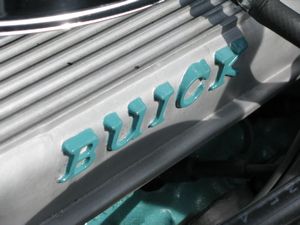 |
1964 Photo ©2010 Bill Crittenden 2010 Gary Lang Auto Group Car Show July 18, 2010 View photo of 1964 Buick Riviera - 3,438KB |
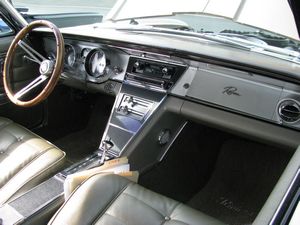 |
1964 Photo ©2010 Bill Crittenden 2010 Gary Lang Auto Group Car Show July 18, 2010 View photo of 1964 Buick Riviera - 4,149KB |
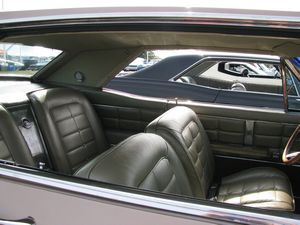 |
1964 Photo ©2010 Bill Crittenden 2010 Gary Lang Auto Group Car Show July 18, 2010 View photo of 1964 Buick Riviera - 3,745KB |
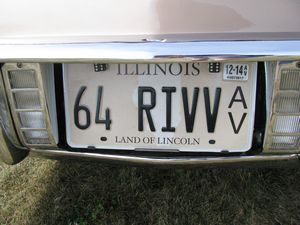 |
1964 Photo ©2010 Bill Crittenden 2010 Gary Lang Auto Group Car Show July 18, 2010 View photo of 1964 Buick Riviera - 976KB |
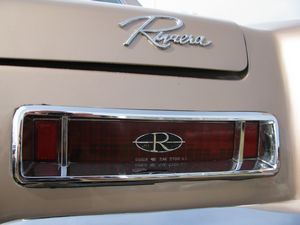 |
1964 Photo ©2010 Bill Crittenden 2010 Gary Lang Auto Group Car Show July 18, 2010 View photo of 1964 Buick Riviera - 3,082KB |
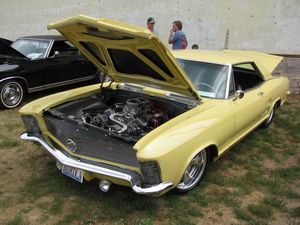 |
Custom 1964 Photo ©2011 Bill Crittenden The Cars Time Forgot Car Show July 10, 2011 View photo of Custom 1964 Buick Riviera - 2,440KB |
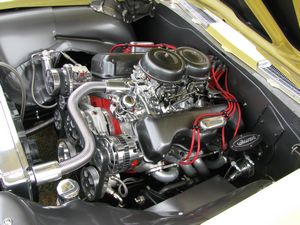 |
Custom 1964 Photo ©2011 Bill Crittenden The Cars Time Forgot Car Show July 10, 2011 View photo of Custom 1964 Buick Riviera - 2,276KB |
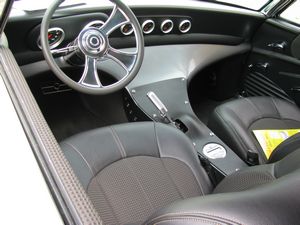 |
Custom 1964 Photo ©2011 Bill Crittenden The Cars Time Forgot Car Show July 10, 2011 View photo of Custom 1964 Buick Riviera - 2,110KB |
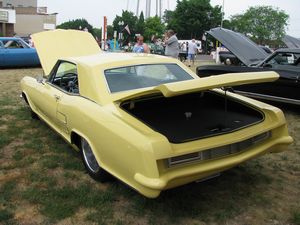 |
Custom 1964 Photo ©2011 Bill Crittenden The Cars Time Forgot Car Show July 10, 2011 View photo of Custom 1964 Buick Riviera - 2,333KB |
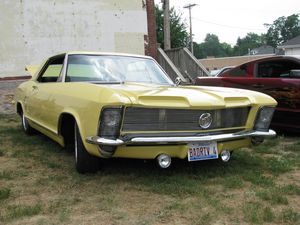 |
Custom 1964 Photo ©2011 Bill Crittenden The Cars Time Forgot Car Show July 10, 2011 View photo of Custom 1964 Buick Riviera - 2,480KB |
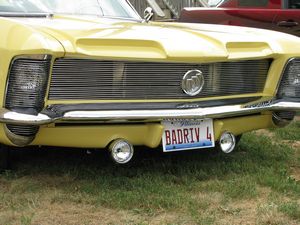 |
Custom 1964 Photo ©2011 Bill Crittenden The Cars Time Forgot Car Show July 10, 2011 View photo of Custom 1964 Buick Riviera - 2,612KB |
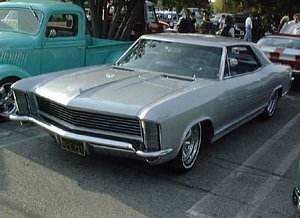 |
Mildly Customized 1965 Photo by "Morven" Taken May 17, 2003 View photo of Custom 1965 Buick Riviera - 44KB Permission is granted to copy, distribute and/or modify this document under the terms of the GNU Free Documentation License, Version 1.2 or any later version published by the Free Software Foundation; with no Invariant Sections, no Front-Cover Texts, and no Back-Cover Texts. A copy of the license is included in the section entitled "GNU Free Documentation License". |
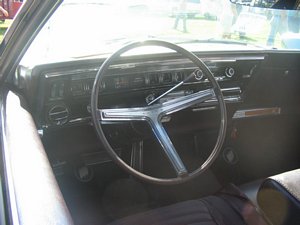 |
1966 Photo ©2006 Bill Crittenden 2006 Morris Lions Fall Classic Car Show October 8, 2006 View photo of 1966 Buick Riviera - 288KB |
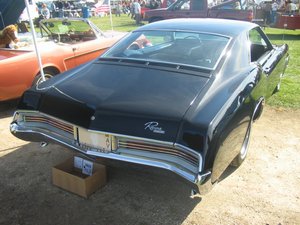 |
1966 Photo ©2006 Bill Crittenden 2006 Morris Lions Fall Classic Car Show October 8, 2006 View photo of 1966 Buick Riviera - 568KB |
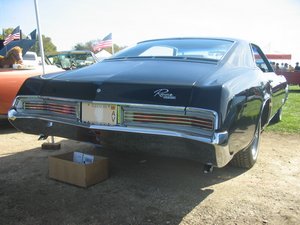 |
1966 Photo ©2006 Bill Crittenden 2006 Morris Lions Fall Classic Car Show October 8, 2006 View photo of 1966 Buick Riviera - 477KB |
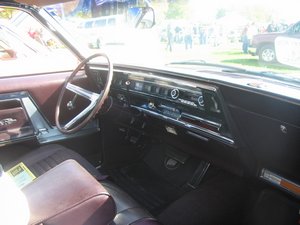 |
1966 Photo ©2006 Bill Crittenden 2006 Morris Lions Fall Classic Car Show October 8, 2006 View photo of 1966 Buick Riviera - 319KB |
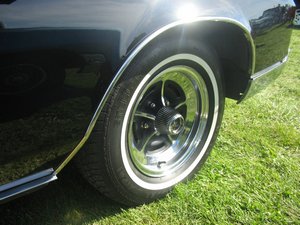 |
1966 Photo ©2006 Bill Crittenden 2006 Morris Lions Fall Classic Car Show October 8, 2006 View photo of 1966 Buick Riviera - 449KB |
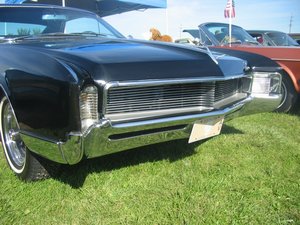 |
1966 Photo ©2006 Bill Crittenden 2006 Morris Lions Fall Classic Car Show October 8, 2006 View photo of 1966 Buick Riviera - 627KB |
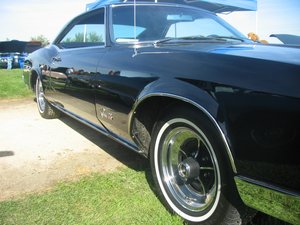 |
1966 Photo ©2006 Bill Crittenden 2006 Morris Lions Fall Classic Car Show October 8, 2006 View photo of 1966 Buick Riviera - 412KB |
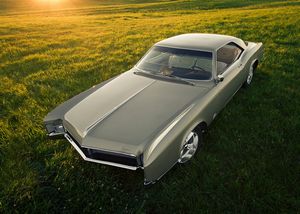 |
1967 Photo by Danny Larsen on Unsplash View photo of 1967 Buick Riviera - 4.4MB |
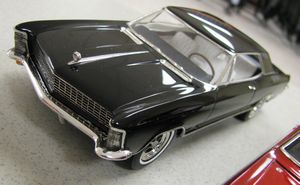 |
Built by Steve Lohr Photo ©2011 Bill Crittenden July 2011 Meeting of C.A.R.S. in Miniature View photo of Buick Riviera Model - 1,997KB |
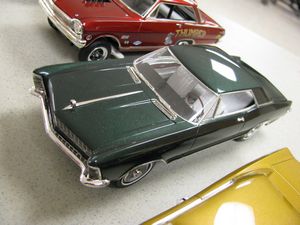 |
Built by Steve Lohr Photo ©2011 Bill Crittenden July 2011 Meeting of C.A.R.S. in Miniature View photo ofBuick Riviera Model - 3,688KB |
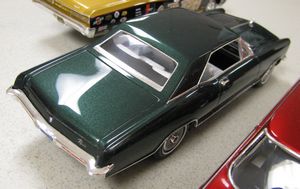 |
Built by Steve Lohr Photo ©2011 Bill Crittenden July 2011 Meeting of C.A.R.S. in Miniature View photo of Buick Riviera Model - 2,414KB |
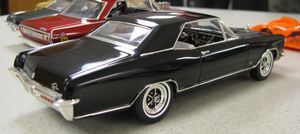 |
Built by Steve Lohr Photo ©2011 Bill Crittenden July 2011 Meeting of C.A.R.S. in Miniature View photo of Buick Riviera Model - 1,944KB |
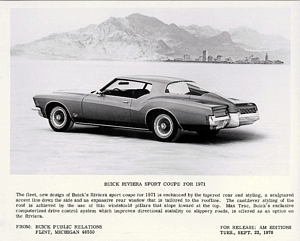 |
Subject: Buick Riviera Sport Coupe for 1971
Source: Buick Public Relations Date: 22 September 1970 Caption: The fleet, new design of Buick's Riviera sport coupe for 1971 is enhanced by the tapered rear end styling, a sculptured accent line down the side and an expansive rear window that is tailored to the roofline. The cantilever styline of the roof is achieved by the use of thin windshield pillars that slope inward at the top. Max Trac, Buick's exclusive computerized drive control system which improves directional stability on slippery roads, is offered as an option on the Riviera. View 1971 Buick Riviera press photo · 142KB |
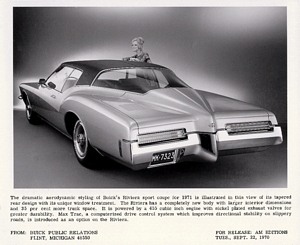 |
Subject: 1971 Buick Riviera
Source: Buick Public Relations Date: 22 September 1970 Caption: The dramatic aerodynamic styling of Buick's Riviera sport coupe for 1971 is illustrated in this view of its tapered rear design with its unique window treatment. The Riviera has a completely new body with larger interior dimensions and 35 per cent more trunk space. It is powered by a 455 cubic inch engine with nickel plated exhaust valves for greater durability. Max Trac, a computerized drive system which improved directional stability on slippery roads, is introduced as an option on the Riviera. View 1971 Buick Riviera press photo · 148KB |
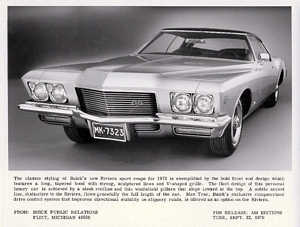 |
Subject: 1971 Buick Riviera
Source: Buick Public Relations Date: 22 September 1970 Caption: The classic styling of Buick's new Riviera sport coupe for 1971 is exemplified by the bold front end design which features a long, tapered hood with strong, sculpted lines and V-shaped grille. The fleet design of this personal luxury car is achieved by a sleek roofline and thin windshield pillars that slope inward at the top. A subtle accent line, distinctive to the Riviera, flows gracefully the full length of the car. Max Trac, Buick's exclusive computerized drive control system that improves directional stability on slippery roads, is offered as an option on the Riviera. View 1971 Buick Riviera press photo · 148KB |
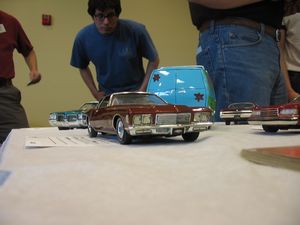 |
1971 Photo ©2008 Bill Crittenden 2006 Milwaukee NNL April 22, 2006 View photo of 1971 Buick Riviera Model - 707KB |
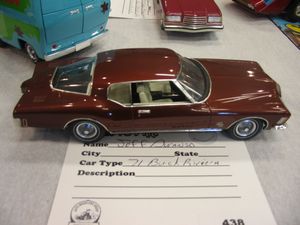 |
1971 Photo ©2008 Bill Crittenden 2006 Milwaukee NNL April 22, 2006 View photo of 1971 Buick Riviera Model - 731KB |
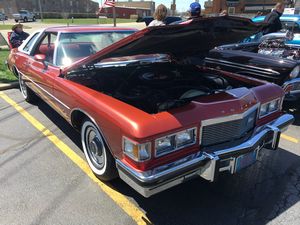 |
1976 Unrestored Family Survivor Car Photo ©2018 Bill Crittenden 2018 Gilberts Spring Car Show View photo of 1976 Buick Riviera - 3.3MB |
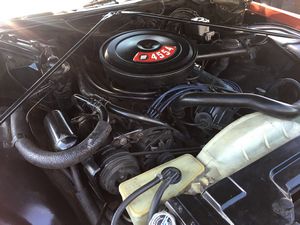 |
1976 Unrestored Family Survivor Car Photo ©2018 Bill Crittenden 2018 Gilberts Spring Car Show View photo of 1976 Buick Riviera - 2.3MB |
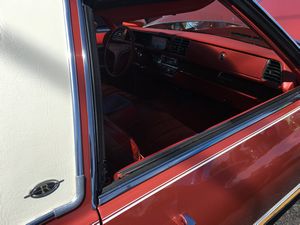 |
1976 Unrestored Family Survivor Car Photo ©2018 Bill Crittenden 2018 Gilberts Spring Car Show View photo of 1976 Buick Riviera - 2.2MB |
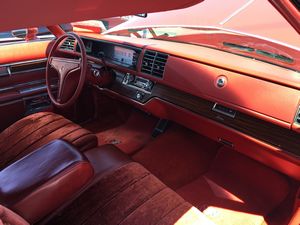 |
1976 Unrestored Family Survivor Car Photo ©2018 Bill Crittenden 2018 Gilberts Spring Car Show View photo of 1976 Buick Riviera - 2.4MB |
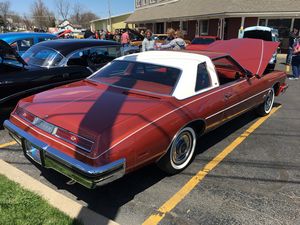 |
1976 Unrestored Family Survivor Car Photo ©2018 Bill Crittenden 2018 Gilberts Spring Car Show View photo of 1976 Buick Riviera - 3.6MB |
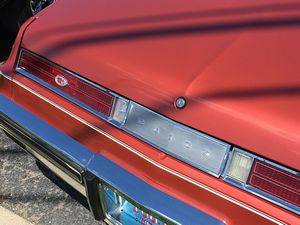 |
1976 Unrestored Family Survivor Car Photo ©2018 Bill Crittenden 2018 Gilberts Spring Car Show View photo of 1976 Buick Riviera - 1.8MB |
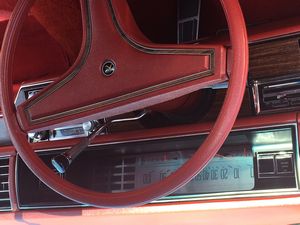 |
1976 Unrestored Family Survivor Car Photo ©2018 Bill Crittenden 2018 Gilberts Spring Car Show View photo of 1976 Buick Riviera - 1.9MB |
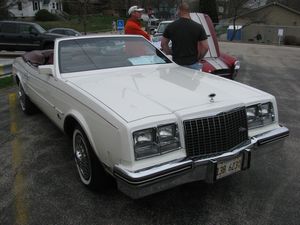 |
1983 Convertible Photo ©2013 Bill Crittenden 2013 Woodstock High School Car Show View photo of 1983 Buick Riviera Convertible - 3.6MB |
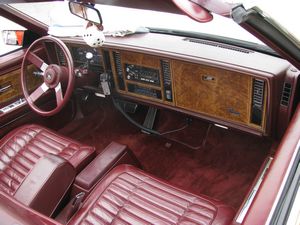 |
1983 Convertible Photo ©2013 Bill Crittenden 2013 Woodstock High School Car Show View photo of 1983 Buick Riviera Convertible - 3.4MB |
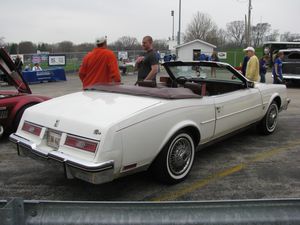 |
1983 Convertible Photo ©2013 Bill Crittenden 2013 Woodstock High School Car Show View photo of 1983 Buick Riviera Convertible - 3.4MB |
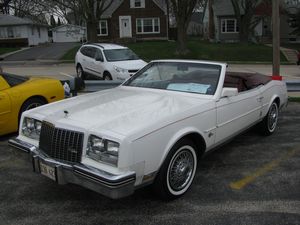 |
1983 Convertible Photo ©2013 Bill Crittenden 2013 Woodstock High School Car Show View photo of 1983 Buick Riviera Convertible - 3.6MB |
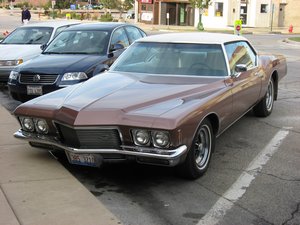 |
Photo ©2006 Bill Crittenden September 30, 2007 View photo of Buick Riviera - 1,630KB |
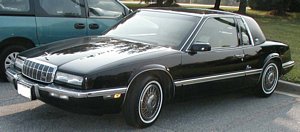 |
Photo by "IFCAR"
View photo of Buick Riviera - 87KB |
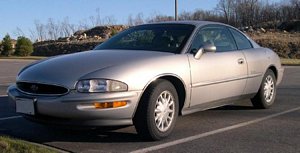 |
1999 Photo by Stephen Foskett View photo of 1999 Buick Riviera - 46KB Permission is granted to copy, distribute and/or modify this document under the terms of the GNU Free Documentation License, Version 1.2 or any later version published by the Free Software Foundation; with no Invariant Sections, no Front-Cover Texts, and no Back-Cover Texts. A copy of the license is included in the section entitled "GNU Free Documentation License". |
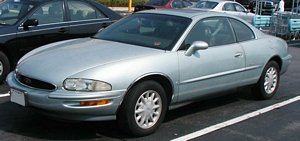 |
Photo by "IFCAR"
View photo of Buick Riviera - 98KB |
| Date | Article | Details |
|---|---|---|
| 22 September 1970 | Buick Riviera Sport Coupe for 1971 The Riviera, along with Buick's other 1971 models, will go on display in dealer showrooms October 3. | Press Release (text &  photos) photos)Publisher: Buick Public Relations Dateline: Flint, Michigan  Topic: Buick Riviera |
| Type & Item # | Name | Details |
|---|---|---|
| Model Kit - Lindberg 73059 | Midnight Hopper '66 Buick Riviera Lowrider | Homie Hoppers, 1:25 scale |
| Die Cast - Hot Wheels J3428 | 1971 Buick Riviera | Hi-Rakers, small scale, oversized wheels, purple w/yellow graphics, Short Package |
